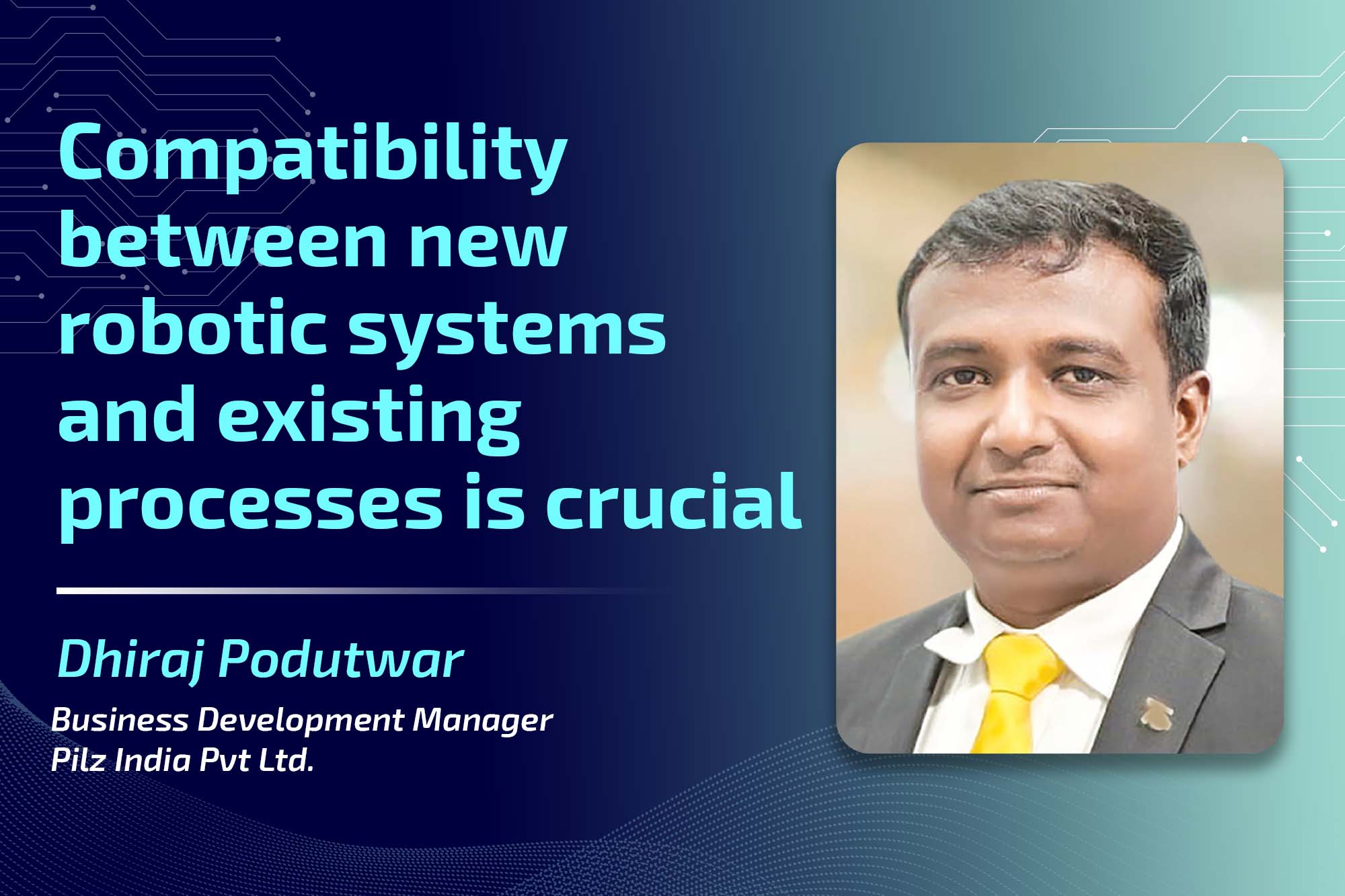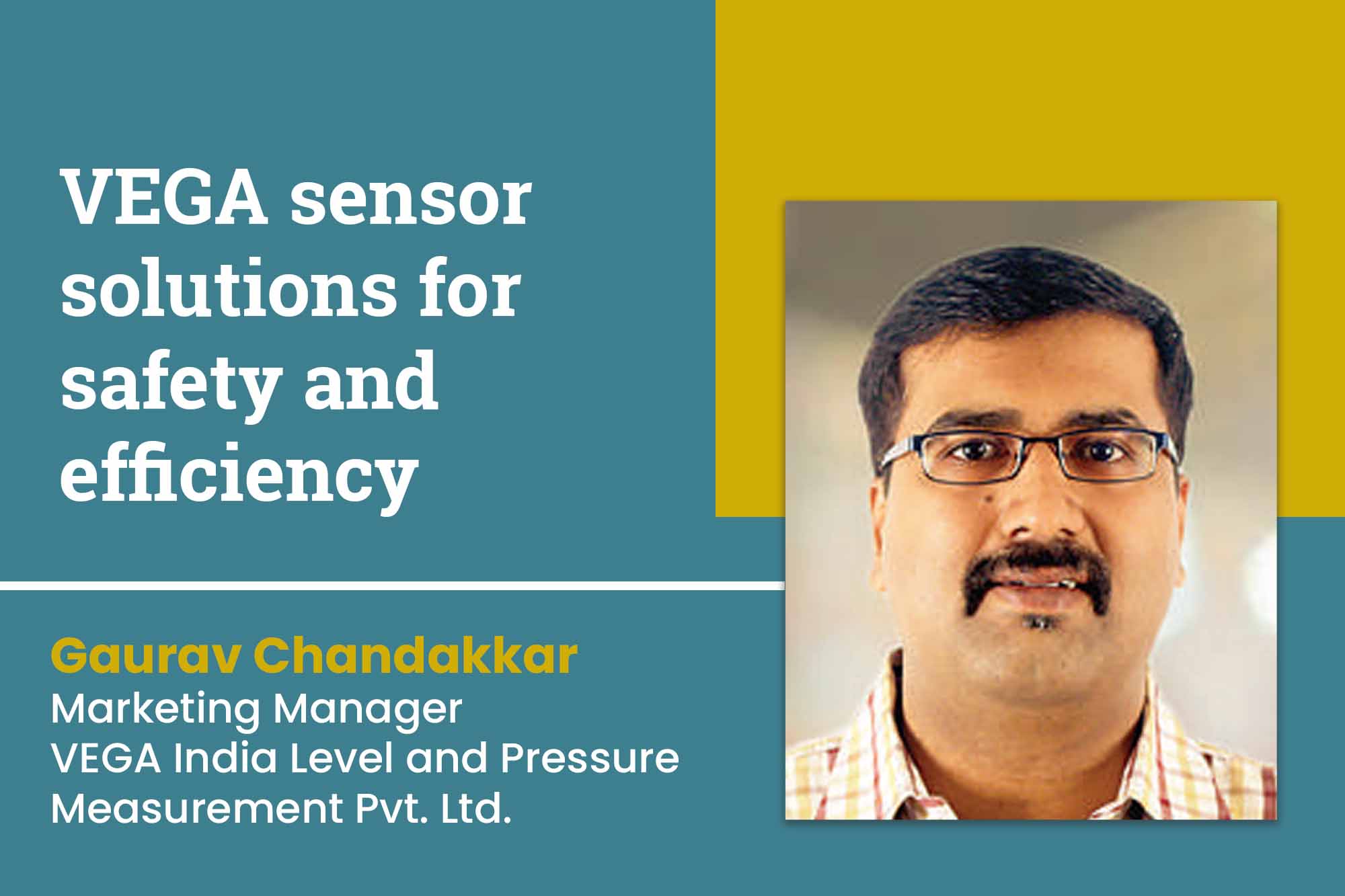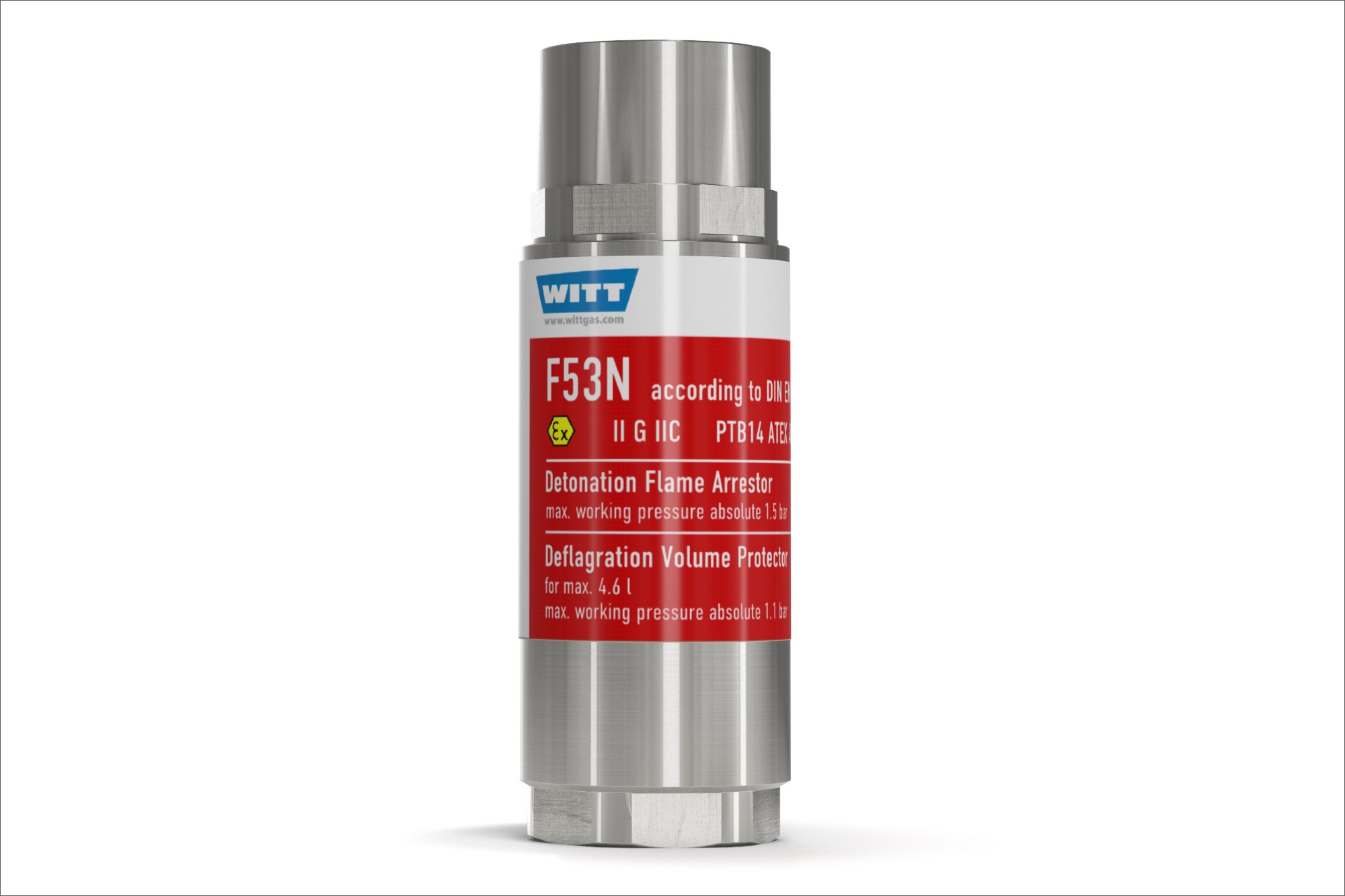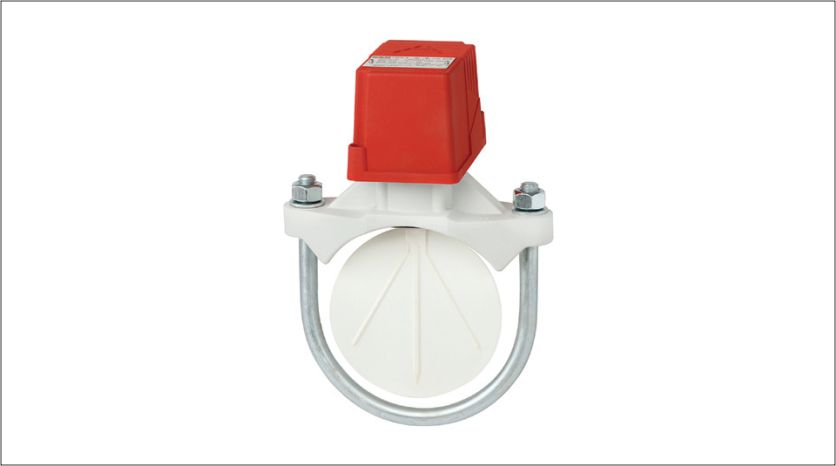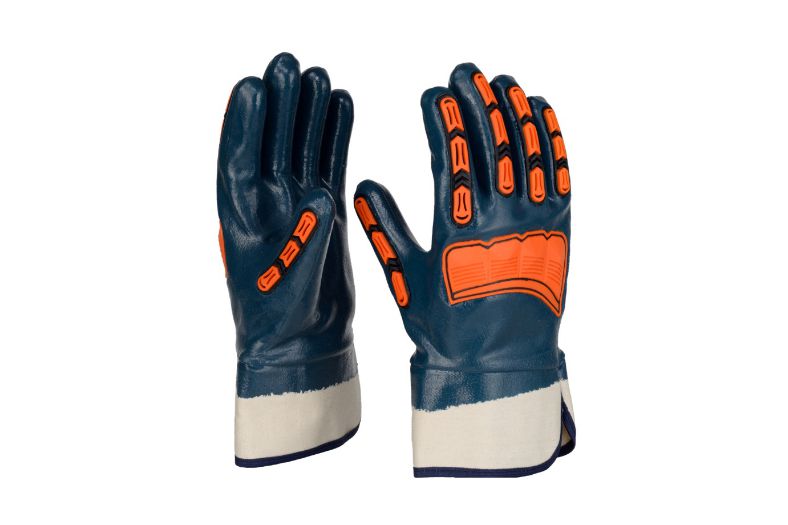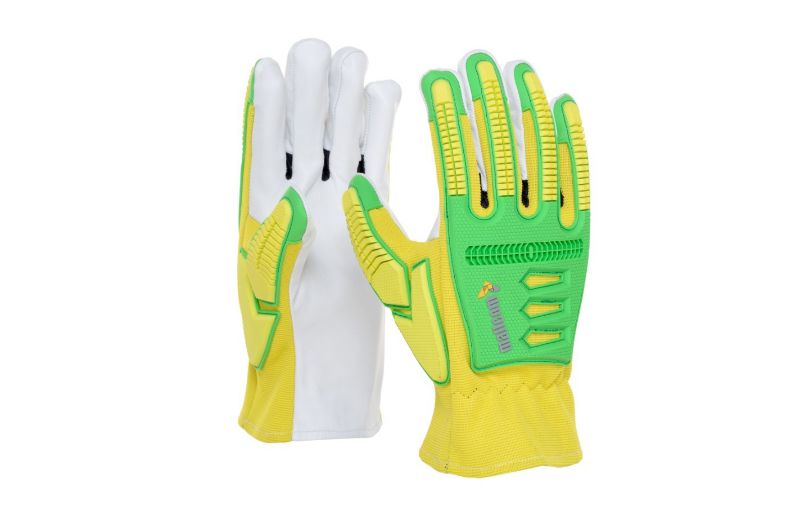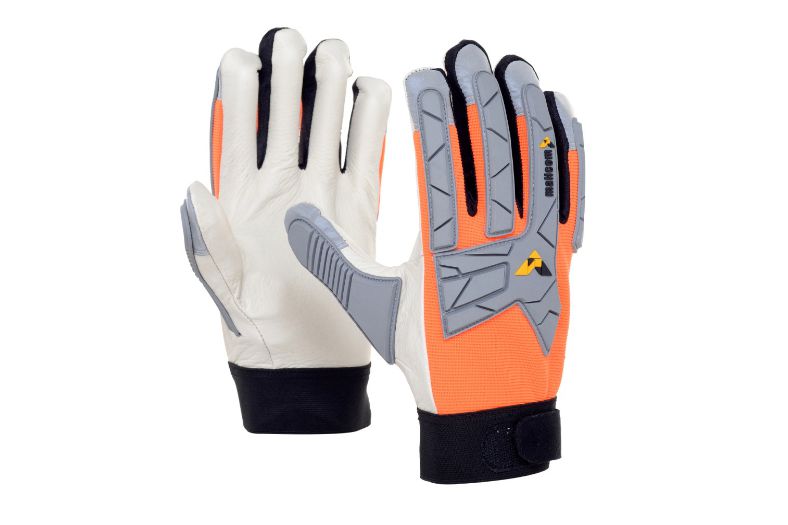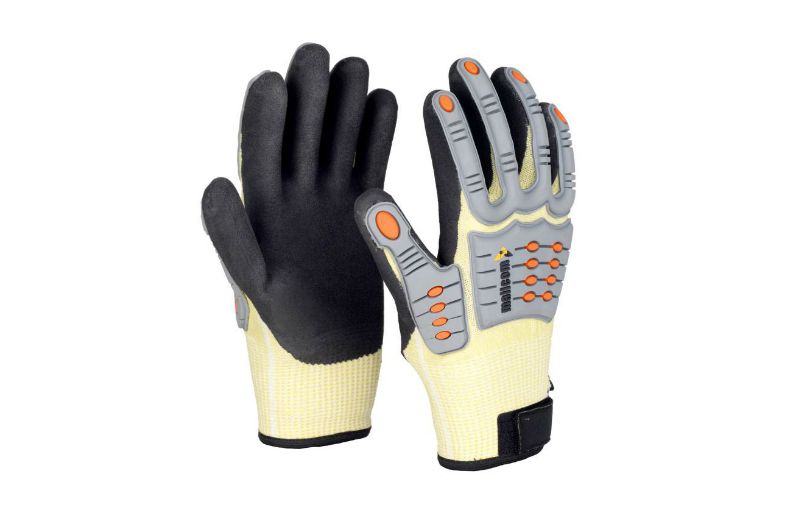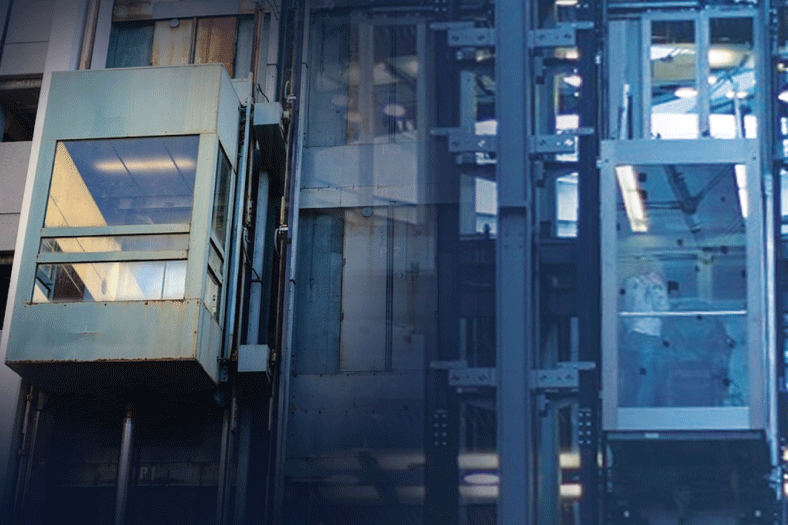Machine vision enhances quality control and boosts cobot production efficiency
By OEM Update Editorial July 19, 2024 2:00 pm IST
Arvind Kakru of Schneider Electric discusses machine vision for quality control in cobots, where cameras detect product defects and deviations from specifications. He also highlights how integrating AI and machine learning technologies helps detect hazards, optimise efficiency, and create safer work environments.
In what ways do AI and ML contribute to improving safety protocols in the manufacturing industry?
AI and machine learning are indispensable tools for enhancing safety procedures in the manufacturing sector. By leveraging these technologies, businesses can proactively detect and address potential safety hazards, creating a safer environment for workers. Schneider Electric, a leader in industrial technology and sustainability, incorporates machine learning and AI into its Eco Structure Machine Digital twin to emulate & simulate actual machine performance. We leverage sophisticated algorithms and predictive analytics to offer proactive expertise in minimising downtime and optimising operational efficiency and safety.
We endeavour to empower industrial owners to prioritise efficiency and safety while addressing environmental challenges. With EcoCare and our Digital portfolio, businesses gain exclusive access to remote monitoring, diagnostics, and resolution services, enabling swift identification and rectification of equipment issues without needing physical intervention. This reduces the environmental impact associated with travel and also saves considerable time. Integrating machine learning and AI into safety protocols in the manufacturing industry is advantageous, fostering both safety and sustainability.
What are the safety considerations with cobots in manufacturing environments?
Industries place paramount importance on safety and employee well-being. The integration of robotics offers a means to enhance workplace safety and employee quality of life by reimagining job roles and handling monotonous, repetitive, or complex tasks. Through this approach, robotics are a supportive force, empowering the human workforce.
For instance, machine vision is used for quality control applications in cobots. The cameras can detect product defects and identify deviations from the required specifications. This allows the robot to reject products that do not meet the quality standards and ensure that only high-quality products are produced. Moreover, cameras can detect the presence of humans in the robot’s workspace. This allows the robot to slow down or stop when necessary to avoid collisions or other safety hazards.
It is essential for protecting workers and reducing the risk of accidents. Schneider Electric Lexium Cobots take on tedious or repetitive tasks and work in hazardous environments. They can be applied to existing or new production lines in different industries. Their accessibility through tablet configuration—including support for iOS, Android, and Windows and wireless connection—allows the operator to monitor tasks and change settings without specialised robotics expertise.
How can IoT enhance real-time monitoring and detection of safety hazards in manufacturing plants?
The ability of IoT to provide magnified visibility using sensors, smart devices, and real-time tracking of machinery and worker’s movements is a game-changer in enhancing the safety of operations in a manufacturing plant. IoT devices utilise strategically placed sensors to monitor movement and warn workers, reducing their exposure to hazardous environments. Moreover, the data gathered during monitoring can be used to devise better safety protocols and identify areas of improvement.
At Schneider Electric, we believe that now is the time to accelerate the digital transformation and progress towards building a more electric world. One cannot think of energy management and the industrial automation revolution without acknowledging the power of digitisation. Allowing us to deliver on this idea and innovate at every level is our EcoStruxure Platform, an IoT-enabled plug-and-play platform for use in Data Centres, Industries, and Infrastructure. Using advancements in IoT, mobility, sensing, cloud, and analytics, EcoStruxure enables us to provide enhanced safety, reliability and sustainability.Taking this a notch higher, we introduced our IoT-enabled EcoCare services plan in India last year to empower our customers and partners to navigate the growing manufacturing wave responsibly and safely. It minimises downtime to support business continuity via 24/7 monitoring and ready access to resources and expertise to resolve issues quickly. It also optimises the asset lifecycle through risk anticipation and timely intervention to prevent disruptions.
What role do safety standards and regulations play in shaping manufacturing operations?
The landscape of safety protocols in the manufacturing industry is ever-changing, owing to technological advancements, the introduction of new regulatory frameworks, and industry initiatives. Today’s industrial professionals must know the latest safety systems and align manufacturing operations with the dynamic landscape of safety protocols. The safety lifecycle begins right from the conceptual stage, where a thorough assessment of risks, potential consequences, and the required level of protection is assessed. This early consideration ensures that safety measures are integrated seamlessly into the design and operation of manufacturing processes.
As technology accelerates and new regulatory frameworks are implemented, the industry should update its safety protocols to maintain compliance and enhance overall safety. Meeting established standards and regulations ensures a safe working environment and provides a framework for efficient and reliable manufacturing operations. Striking this balance is essential for the sustained success of manufacturing processes.
Schneider Electric’s EcoCare services exemplify a commitment to safety and sustainability throughout the equipment lifecycle. By empowering businesses to achieve better performance, higher efficiency, and resilience, EcoCare ensures that safety and environmental sustainability goals are aligned. This comprehensive approach aligns seamlessly with the evolving safety landscape in manufacturing, providing a roadmap for businesses to navigate the challenges and opportunities presented by technological advancements and regulatory changes.
How do training programs contribute to a safe environment in the manufacturing industry?
Manufacturing industry organisations acknowledge the significance of providing robust training to their employees. This includes safety protocols, emergency response procedures, and the proper use of safety equipment. At Schneider Electric, we provide Industrial Automation Training to maximise workforce effectiveness through comprehensive automation training for improving plant performance, increasing retention, and reducing costs.
It is imperative to provide workers with regular training & workshops owing to automation’s dynamic and technical nature. Ensuring a safe work environment requires individuals to possess the knowledge and skills to perform their tasks without creating hazards that could endanger themselves or others. Proficiency in these essential elements is fundamental in executing work duties while prioritising safety. Additionally, individuals must maintain a heightened awareness and understanding of workplace hazards. It includes identifying, promptly reporting, and effectively controlling potential risks. By integrating these practices into daily operations, employees contribute to a secure and hazard-free workplace, fostering a culture of safety and well-being for all.
Cookie Consent
We use cookies to personalize your experience. By continuing to visit this website you agree to our Terms & Conditions, Privacy Policy and Cookie Policy.




